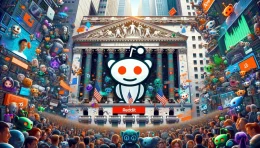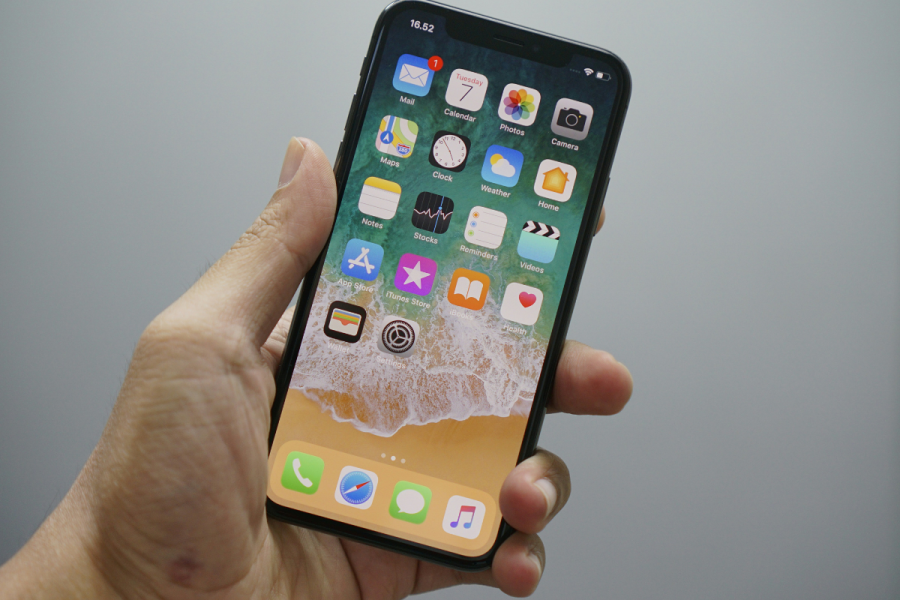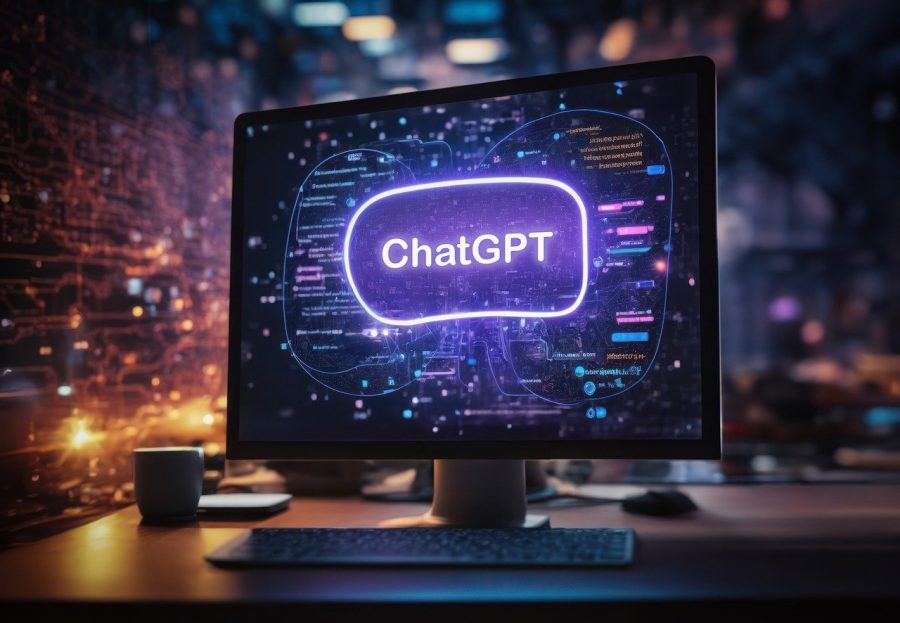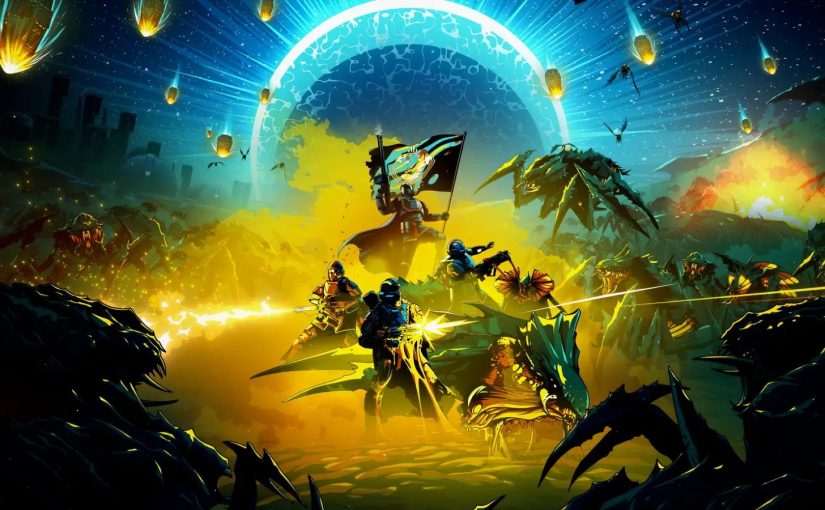When BRAVO premiered the first-ever art reality TV show last year, pop culture, art, viewers and the Internet got to know each other in a far more intimate, social TV-esque way. Smartphone apps like Google Goggles have fundamentally changed the way we look at art, providing instant information about the work itself. Facebook, Google+ Circles, geo-location service Foursquare, blogging make it possible to engage in discussion around a timely topic, and share and leak news faster. These are all ways that the Internet is changing the user’s experience around art.

For the first experiment in looking, go to the Metropolitan Museum of Art in New York, and then download the Google Goggles app for Android or iPhone. Snap a picture of the art that you’re looking at. Goggles will pull up the work of art’s history, bibliography of its creator and perhaps even a story of the collection from the Met’s mobile-optimized website.
Thus far, the Met has given Google 76,000 works of art to index, including thousands that aren’t on display right now. Outside of the Met, you can also use Goggles to find out about art that you see in books, magazines and billboards. Goggles worked with the Getty Museum this past June, indexing every painting in its collection.
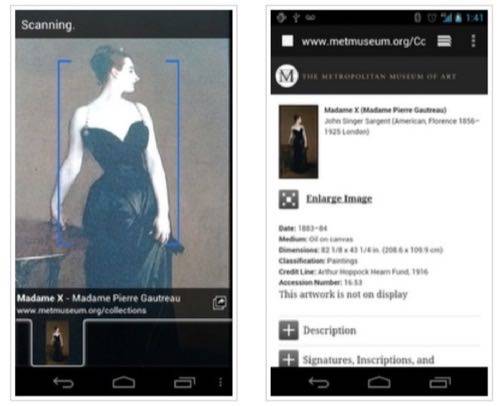
Goggles is only available at the Met and the Getty. If more art museums and galleries around the world index their collections with Google Goggles, smartphone users will be able to start building their own “virtual art collection” right on their smartphones.
The Metropolitian Museum of Art’s Director, Thomas P. Campbell, told the New York Times that he saw the partnership with Google as “a milestone in our efforts to provide greater access to the museum’s holdings for a global audience.”

Google Goggles is essentially a visual search app, and could be especially useful for artists, arts writers, curators, gallerists and anyone else who is already searching visually. It can recognize art of people as art, but it cannot recognize pictures of people as people. Google says it has no plans to build face recognition into Goggles. It did, however, recently added opt-in facial recognition to its social network, Google+.
Tech-savvy art folks like our own Marshall Kirkpatrick have already started using tools like Foursquare Lists to build city-specific “guides for art lovers”.
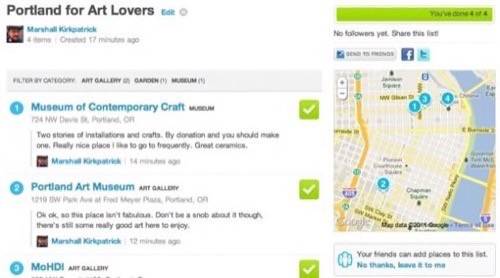
ReadWriteWeb’s Founder Richard MacManus did some snooping around on Google+, where you’re most likely to find him, and discovered that some artists there are using circles to organize mini online art communities.
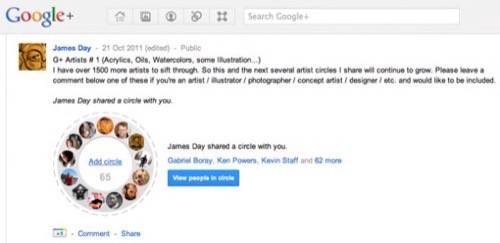
Another creative use of social media occurred when an earthquake hit New Zealand, effectively shutting the Christchurch Art Gallery down. The gallery stayed “open” online through blogging and website developments.
When Chinese artist Ai WeiWei was detained earlier this year, his NYC exhibition was unveiled with the help of social media even though he was still missing.
New iPhone apps like ArtSpotter aim to become the world’s largest art database.
Arty meets social media pop culture on the Facebook profile of New York Magazine art critic and BRAVO Work of Art JudgeJerry Saltz. Go for the good conversation with *real* artists, stay for the linkage and political commentary. You have to be a friend of Jerry first, though.
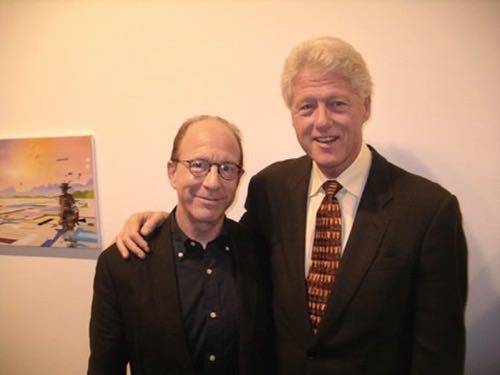
Images via http://www.tumblr.com/tagged/plastic-bag, Jerry Saltz’s Facebook Wall and some cat site on the Internet.
How have Goggles, smartphones, apps, social networks, geo-location social networks and Facebook change the way you see and interact with art?


